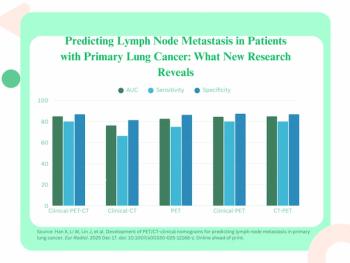
AccuImage names Taylor as new CEO
AccuImage names Taylor as new CEORobert Taylor has been appointed CEO of AccuImage, a South San Francisco, CA-based developer of 3-D and 4-D post-processing and connectivity software for PACS and other medical imaging applications. Taylor,
AccuImage names Taylor as new CEO
Robert Taylor has been appointed CEO of AccuImage, a South San Francisco, CA-based developer of 3-D and 4-D post-processing and connectivity software for PACS and other medical imaging applications. Taylor, previously COO of AccuImage, replaces Allen Poirson, who resigned from the company.
AccuImage expects Taylors appointment to help expedite AccuImages current product development efforts, which include AccuView, a 3-D workstation, and eStation 3D, a Web-based workstation for PACS and teleradiology. Taylor will be responsible for moving AccuView into the marketplace and overseeing final development of eStation 3D, according to Douglas Boyd, chairman of AccuImage. Both products incorporate AccuImages proprietary software platform, which provides review and analysis tools for CT, MR, and ultrasound imaging and enables the transfer of medical images across the Internet and hospital intranets.
Search again Homepage
Newsletter
Stay at the forefront of radiology with the Diagnostic Imaging newsletter, delivering the latest news, clinical insights, and imaging advancements for today’s radiologists.




























